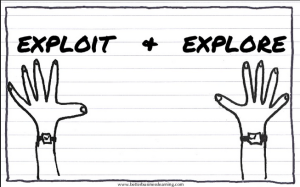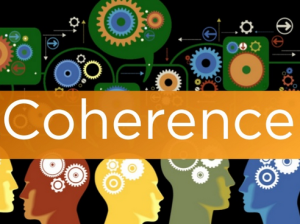 Is Agility compatible for many working in established businesses?
Is Agility compatible for many working in established businesses?
“To be agile” is often a badge of honor.
It conveys your flexibility, nimbleness and your ability to be adaptive.
Agility is today going far beyond just being responsive,it goes into constantly adjusting and being versatile, modifying to meet rapidly changing conditions.
Yet this often seems the very opposite within many of our organizations and the very people employed within them. They seem rigid, inflexible and determined to stay ‘resolute’ to the established ways and routines built up over years.
They love stability, it is their bedrock but equally, they do need a greater fluidity to their performance and structures as well.
Continue reading “Making Agility Compatible For You”







